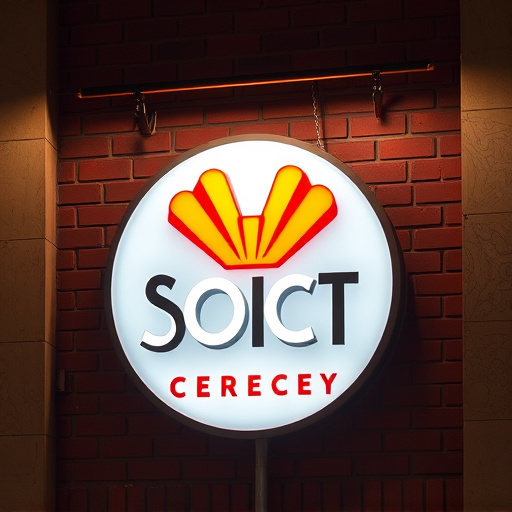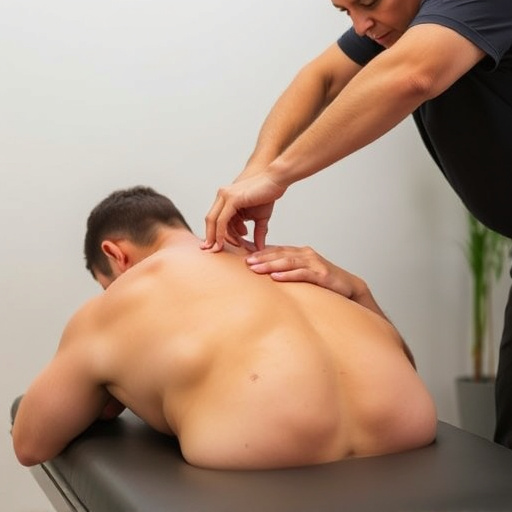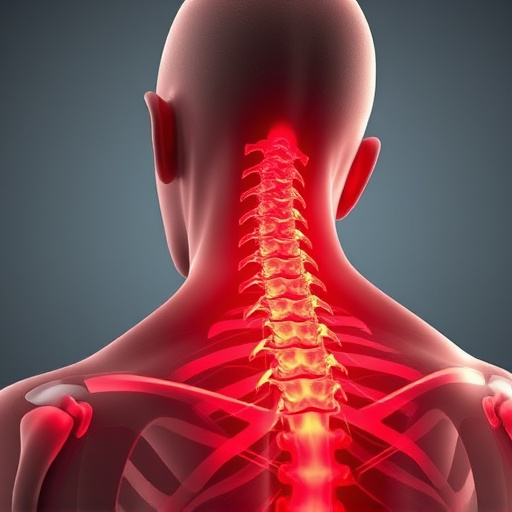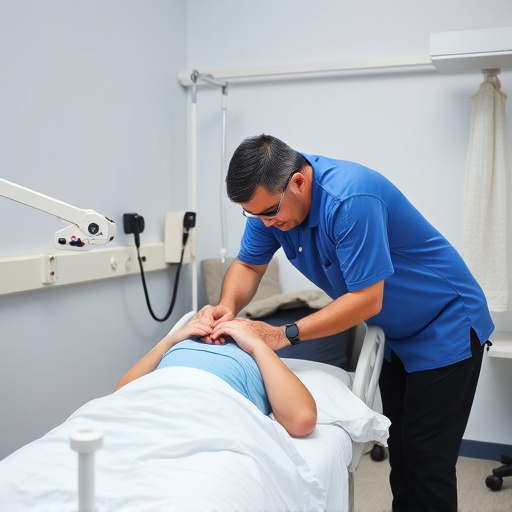Shockwave plantar fasciitis, a severe heel and arch pain condition caused by tissue inflammation or damage, can affect anyone from prolonged standing or improper footwear. Misdiagnosed as regular plantar fasciitis, it's characterized by repetitive strain from activities like sports with rapid motion changes, aging, obesity, foot arches issues, and occupations requiring extended standing. Non-invasive treatments, including shockwave therapy, physical therapy, orthotics, ultrasound, night splints, and stretching, offer effective conservative care to improve mobility and alleviate chronic pain without surgery or lengthy recovery.
“Considering the potential impact of shockwave plantar fasciitis, preparation is key. This comprehensive guide delves into the essentials you need to know before this condition sets in. We explore the basic mechanics of shockwave therapy for plantar fasciitis, uncovering common causes and risk factors that contribute to its development. Additionally, we examine non-invasive treatment options, providing insights into their effectiveness in managing symptoms. Armed with this knowledge, you’ll be better equipped to navigate the journey towards recovery.”
- Understanding Shockwave Plantar Fasciitis: A Basic Guide
- Common Causes and Risk Factors to Be Aware Of
- Non-Invasive Treatment Options and Their Efficacy
Understanding Shockwave Plantar Fasciitis: A Basic Guide

Shockwave plantar fasciitis refers to a condition where the plantar fascia, a thick band of tissue running along the bottom of your foot, becomes inflamed or damaged. This can lead to intense pain, especially in the heel and arch areas, impacting mobility and daily activities. It’s not just athletes who suffer from this; anyone can experience shockwave plantar fasciitis due to various factors like prolonged standing, improper footwear, or underlying medical conditions.
The condition is often misdiagnosed as regular plantar fasciitis because symptoms overlap. However, shockwave therapy for pain offers a non-invasive and effective treatment option. This procedure uses focused shockwaves to stimulate the healing process in damaged soft tissues, promoting mobility improvement. Unlike traditional chiropractic treatments for personal injury, shockwave therapy doesn’t require surgery or lengthy recovery periods, making it a preferred choice for many.
Common Causes and Risk Factors to Be Aware Of

Shockwave plantar fasciitis is a condition that often arises from repetitive strain on the plantar fascia—a thick band of tissue connecting your heel bone to your toes. Understanding common causes and risk factors is crucial before this condition sets in, as it can significantly impact daily activities and mobility.
One primary cause is overuse during physical activities or sports that place repeated stress on the feet, especially those involving rapid acceleration and deceleration. This is often seen in athletes and active individuals. Age is another factor; as we age, our tendons and ligaments lose elasticity, making them more susceptible to injury. Obesity and flat feet or high arches are also risk factors, as they can cause improper alignment and excessive strain on the plantar fascia. Even post-accident rehabilitation or lower back pain issues can contribute, as individuals may adopt compensatory walking patterns that affect foot health. Additionally, occupations requiring prolonged standing or specific types of footwear can increase the likelihood of developing shockwave plantar fasciitis.
Non-Invasive Treatment Options and Their Efficacy

Non-invasive treatment options play a pivotal role in managing shockwave plantar fasciitis, offering alternatives to surgical interventions. Techniques such as physical therapy and customized orthotics can significantly improve mobility and alleviate chronic pain associated with this condition. These approaches focus on strengthening foot muscles and supporting the arch, which is crucial for injury rehabilitation.
Additionally, non-invasive treatments include ultrasound, night splints, and lifestyle modifications like stretching exercises. While their efficacy varies among individuals, these methods provide a conservative approach to shockwave plantar fasciitis care, aiming to reduce inflammation, promote healing, and prevent further damage without the need for more invasive procedures.
Shockwave plantar fasciitis offers a non-invasive, effective treatment option for those suffering from this common foot condition. By understanding the causes, risk factors, and available treatments, you can make informed decisions about managing your symptoms. If you’re considering shockwave therapy, it’s crucial to consult with a healthcare professional who can guide you through the process and help you achieve relief from chronic plantar fasciitis pain.














